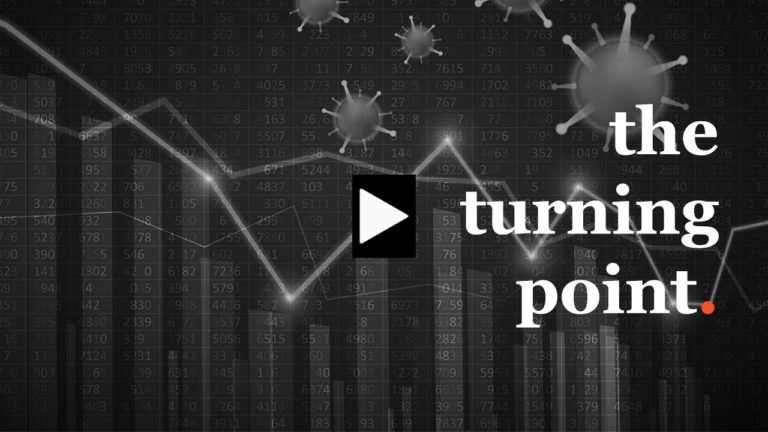When Do We Stop Counting?
When might we turn our attention back to the full range of illness around us, and balance the risk from Covid-19 with that from other diseases?

Read Time: 4 minutes
Published:
All over the country, over the course of a few months, there were about 21,000,000 symptomatic cases, 290,000 hospitalizations, and 37,000 deaths. More than 25,000 of the deaths were in the 65+ age group.
It seems likely that this type of case and death count recitation is familiar to the reader, seen through the lens of Covid-19, where we have assiduously documented cases and deaths for the greater part of two years. But these numbers were not Covid-19 numbers. They were cases, and deaths, from flu, during the 2010-2011 influenza season, one of the worst seasons in the past decade. We wonder: how many of us were aware of the daily case and death count during that flu season more than a decade ago? And, perhaps more importantly, would we have behaved differently as a society if we had been keeping track of cases and deaths the way we have been during Covid-19?
In some ways Covid-19 case and death counting, 18 months into the pandemic, has taken on an uncomfortably familiar role, with tallies being reported in all media in much the same way as, say, the weather, which is also reported daily. But what impact does this abundance of reporting have on how we think about the pandemic?
Testing for Covid-19 is one of the issues that became inexorably politicized during the Trump presidency, perhaps most dramatically because it seemed that the president was suggesting that we should not test for Covid-19 so as not to raise alarm about the scale of the pandemic. That approach, in June 2020, would have been disastrous, and was roundly decried as such. Testing and counting cases of a disease are the cornerstones of epidemiology and allow us to document the scope and spread of disease. Testing allows new variants to be identified. It is measurement that allowed us to better understand the groups that were most at risk for Covid-19, and it is routine testing that has allowed universities to stay safe through intensive efforts to screen for early cases, preventing them from becoming clusters leading to outbreaks.
But as the pandemic ebbs and flows, as vaccination reaches more than 70% of the population, and when the severity of illness among persons who become infected after being vaccinated is almost certainly mild, the question arises: does the omnipresence of case counts give us an impression of risk that is at odds with real risk? Daily Covid-19 case statistics above the fold in our newspapers suggest these numbers are news. But this overexposure may be read as a recommendation to continue our isolation unnecessarily and make us unfortunately reluctant to mingle.
While we may see the Covid-19 cases plainly in view, we are not also seeing deaths from, for example, accidental overdoses, pushed to new heights in an era of reduced physical mobility, nor are we seeing the persons who die from depression, or of deaths from heart disease, all driven higher during Covid-19 in part by our actions to mitigate Covid-19. With the forecast of another lethal flu season, do we want daily influenza case numbers posted as well?
It seems to us then that it is well worth asking: when might we stop reporting Covid-19 cases so visibly? When might we turn our attention back to the full range of illness around us, and balance the risk from Covid-19 with that from other diseases?
Warmly,
Michael Stein & Sandro Galea
As we re-emerge from the pandemic, 2021 stands to be a turning point year for public health. In The Turning Point’s weekly essays, we reflect on what we learned during 2020, and what we are learning during 2021, that can guide us to the creation of a better, healthier world.
Photo via Getty Images




